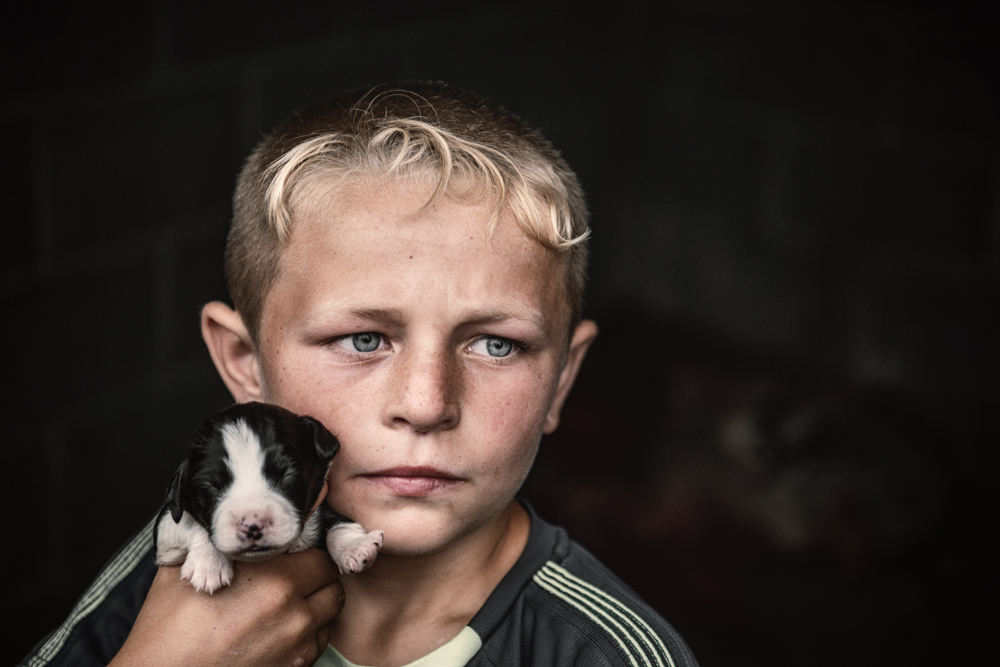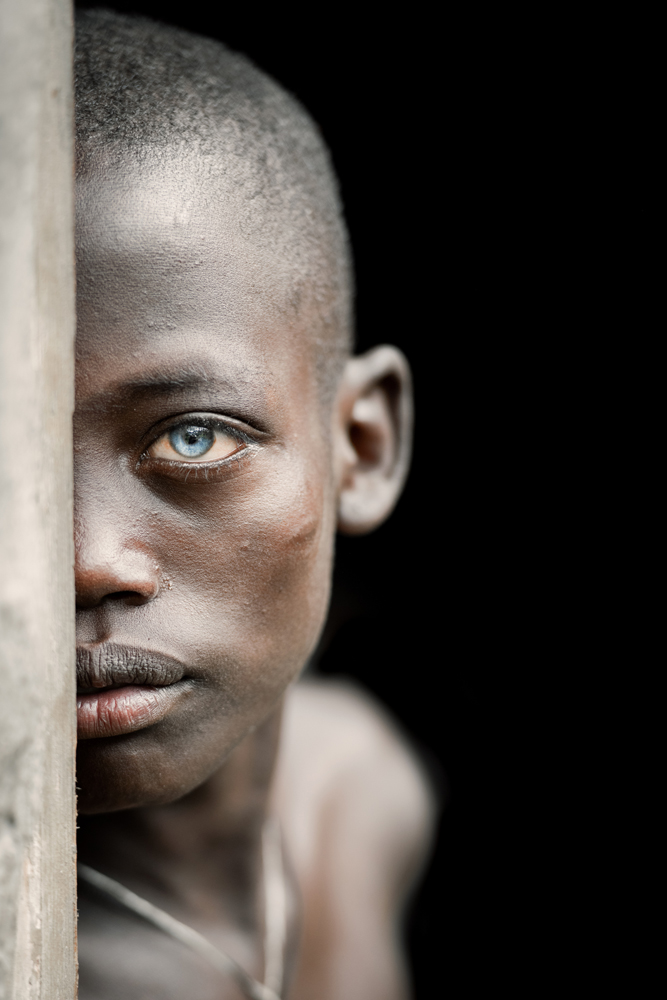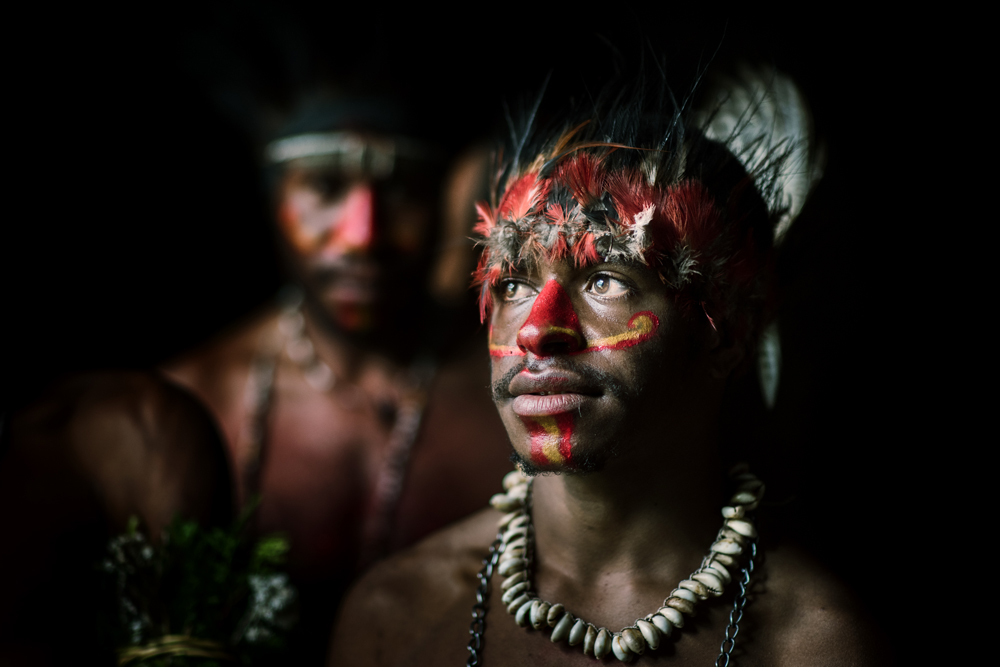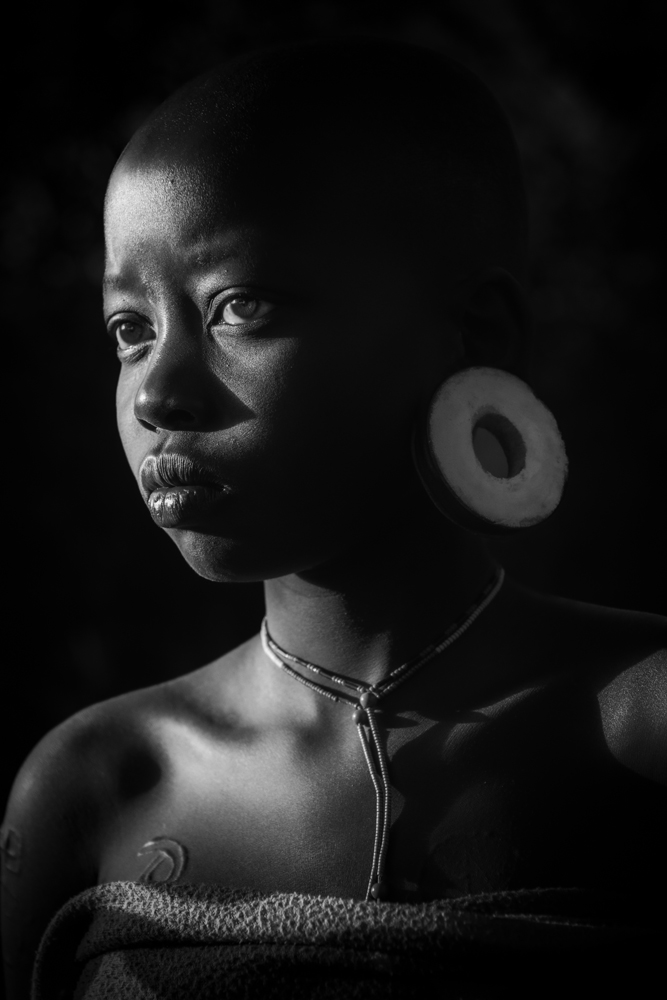People photography and capturing character in portraits of people, no matter where you are in the world, requires interaction. Observational, candid or sometimes clandestine shots, often taken with a longer lens, are discreet but for Irish travel photographer Trevor Cole most of his ‘people’ based photography comes from inter-personal moments – spending time, talking, getting to know those who are being photographed creates a bond, if only for a short time.

Irish traveller boy, Tipperary, Ireland
Trevor’s photographic style, especially with photographs of people, is quite distinctive and engaging. His images have an intimacy without intrusion. There seems to be a connection between the photographer and his subject. His photographs look into the subject but also allow the subject to look back into the viewer; a kind of two way engagement. As he talks about his approach photographing people, it’s easy to see why.
“I always ask and even when my efforts are rejected I always respect their choice. In some cultures it is seen as taboo, or intrusive and sometimes they worry about what might happen to the picture. However, spending a little time and using a little humour can yield positive results. Most of the tribes and even people on the street are relatively easy to photograph except, perhaps, for those who are more conservative culturally and religiously. Even then, despite the challenges, it is worth a try!”



The key is communication
For many of us photographing people on our travels can be an uncomfortable experience, sometimes even daunting. Perhaps we bring our values of privacy and respect with us as baggage but the mobile phone has certainly changed interaction between people and being photographed. Going back to why we travel – to experience other cultures and to see places – should help to dispel any apprehensions, but the key word there is ‘experience’. To do this involves meeting and talking to people.
Finding the shot

“Spending time wandering and saying ‘hello’ prior to photographing, even with camera in hand, is always beneficial” says Trevor. Maybe his gentle manner and soft Irish brogue also help. Where you don’t speak the language, a guide who is conversant with local tongue and culture is important. They will tell you if its ‘ok’ when it comes to taking a photograph. Even in Ireland when Trevor was photographing ‘Irish Travellers’ it was important to be accompanied by someone who knew them well. Locals who know the locals can still make a huge difference, even when the language is English or in common.
Trevor finds it hard to say what draws him in to a particular scene, a group, village context or just a face which inspires him to make a photograph. But over time he has developed an instinct or a feeling about what might be ‘good’, what might work! An old face filled with the lines which are stories of life, a young person with perfect skin, high cheekbones and those which have eyes which simply draw you in. With his images he seeks to capture more than just a shot of a person. He is looking to show their character, or at least a glimpse of it. That takes time and patience but it’s ultimately what makes more interesting and engaging images. Many of us instantly put up a barrier when a camera is pointed at us. Interaction is what breaks those barriers down.
“It is always down to my own perception and vision. We all see people and scenes differently and I guess that it is one of the joys of photography – seeing images taken with ’new eyes’. Once I see someone I almost always talk and smile. Humour is universal, regardless of language. Contact is everything otherwise the photo is devoid of emotion. If people are reserved, which happens everywhere, the key to success is time and just being friendly using a little humour where that seems right.”



More than a snap – capturing character
Capturing character is always a challenge and again spending time, gaining the subject’s confidence. It’s always easier when they are in their own environment or somewhere familiar to them. The street vendor at work, the woman pounding sorghum or kids looking after their siblings provide both a familiar context and a distraction for the people being photographed. Sometimes these contextual candid shots are amongst the most characterful but even portraits outside the subject’s doors or workplaces enables their characters to come to the surface. When photographing people on the street their friends will often encourage, tease and cajole so people everywhere relax and have a laugh. The photos are then so much better. Poverty and inequality is a difficult one but these photos can be powerful and portray situations which we, in more affluent countries, sometimes need to see. Photographers can help by giving a few coins or food and this too enables better communication and bonding.






For Trevor “There’s a special feeling when you have got the shot, when the face or situation is perfect and you pull it off. This is always exciting and also instils confidence when you see what you thought was a good image you shoot. Of course this is counterbalanced by many shots which disappoint or the perfect scene changes, many failures. Whether in the street, village or field this often happens. The facial expressions change, the people behind move, people arrive at the stall to buy something just as you press the shutter. You have to be spontaneous and quick if you are not to lose that precious moment. You have to accept that getting the really good shot is often the exception rather than the rule. But sometimes you have amazing days or hours where everything just comes together, but then of course you can shoot for a week and be disappointed. Then there is the shot which you thought wasn’t good but when it materialises on your big screen on the computer back home you realise, actually that it’s a good one!”
The kit

His kit is not extravagant. Trevor always carries two cameras and usually sticks to the same lenses. He uses a Nikkor 70-200mm f2.8 on one and a wider angle 24-70mm f2.8 on the other. These faster lenses give the best bokeh. Sometimes, for portraits, he uses an 85mm f1.4 and a 14-24mm f2.8, just for a change and to challenge himself!! He rarely changes lenses during the day, though, as many on the locations he shoots in are dusty so protecting the sensors is essential. Having two cameras helps. Pushing your own limits is an imperative.
Inspirations and approaches
Trevor often looks at the work of other photographers and that gives him new ideas and inspiration, and he tries to vary what he does. Sometimes he uses black backdrops to get more powerful portraits which stand out due to the lack of distraction in the background and also provide a marked contrast. Sometimes he uses a reflector, but he only shoot in natural light, never using a flash.


Finding and composing the shot – Girl framed in her window, Sao Tome; Mundari tribes boy, Central Equatoria, South Sudan, framed by the horns of the Ankole Watusi cattle
Positioning people in doorways to get a dark background and using spot metering to enhance the contrast, he continually moves to find the most interesting angles. When he’s with other photographers, on one of his photo tours for example, and they are shooting from the front, he often shoots from the side to get a more candid shot. Importantly he tries not to take too many shots of one subject because they ’switch off’ and the moment dissipates. He prefers a selective approach to shooting, trying to capture the moment when it is right, rather than shooting continuously in the hope of a shot that works. Recently he’s started shooting in silent mode and it’s really great because there are no distracting ‘clicks’! Often he stops to talk to his subjects or have a laugh with them, especially if their interest is waning. Sometimes he also gives some instruction, telling them what to do, or changes his own facial expressions so they can see what he want from them.

Trevor continually adjusts the camera settings while shooting. He tends to shoot with an ISO that is higher than needed, just to ensure that he has a fast enough shutter speed to avoid camera shake, especially on a longer lens. He also uses continuous autofocus to compensate for any movement, but with care to make sure he maintains his chosen point of focus. For exposure, he loves using spot metering and, in mirrorless cameras, can approximate exposure through the lens, which really helps. One important tip is not to show the images to your subject until you’ve finished shooting. Everyone loves to see the shots and the anticipation keeps them interested.
In some places, Trevor is a familiar face as he returns quite often so this provides another opportunity to show the finished images to some of his subjects. He doesn’t use excessive processing, preferring to use Lightroom very simply, often desaturating for example. He also uses the new masking tools to select subject and enhancing clarity, or darken a background and reducing clarity. Nik software is also useful, predominantly colour Efex Pro or Silver Efex Pro for black and white. He doesn’t tend to pre-visualise his black and white images, preferring to make this decision later based on the colour image and what he feels will work well when converted to monochrome.
Giving something back
Trevor is a big advocate of eco-tourism. It’s easy to go somewhere and just take photos of people in an intrusive way without thinking about their lives and the impact our visits have on them and their communities. It is important to give something back, either to the people or the villages or communities. Even on the streets, careless or thoughtless photography can be intrusive and it helps people see photographers in a more positive light as many of people are on the edge of existence and need a little help.


Street vendor in Lahore, Pakistan, in colour and B&W
For some connections with local communities, especially tribal peoples, a good guide is an imperative. “Taking some provisions to the village and presenting them to the headman makes a huge difference and enables a very friendly approach with the whole village willing to partake. I am very sensitive to the impacts that tourism can cause, hence, I will always try to make my visits sustainable and not promote ‘zooification’! It is all a delicate balance and the guide is often best in deciding which strategy to adopt. In some cases when I have stayed in a ‘Mundari’ village, for example, I have wandered around the village without a camera just to become a familiar sight. Again, it is the interpersonal skills which can make the moment count. And in that moment I want to capture light, colour, emotion, insight, character and spirit. I try to shoot in the golden hours or at least where there is shade from the intense African sun. In the right light, at the right time the ordinary becomes extraordinary and that is something to strive for. Like Peter Damman said: “If one photographs stories about people, the most important thing is that you love people. It’s always about your approach and the relationship you develop with these people – the photos only reflect your relationship, your feelings. Every photo of a person is always a self-portrait of the photographer.”







Faces and compositions
There are many approaches to photographing people when we travel but, as a general rule of thumb, the effort you put in determines what you get back in the way of interesting and impactful photography. When photographing wildlife it’s generally accepted that a huge percentage of the craft is observation and understanding animal behaviour. With people photography the same is broadly true but the extra and highly valuable tool of being able to communicate is a huge benefit, so use it! People are different all around the world, but at there core we all want to be respected and appreciated. No one has to pose for your photos and no one has to let you take their picture, so treating people with interest, a little humility and a dash of humour will almost immediately create a connection which will improve your people photography infinitely more than any fancy camera or new lens.

Sidama girl, Yirgalem, Ethiopia
Trevor Cole is a travel photographer with an interest is photographing people, eco-tourism and preserving indigenous cultures. For more information on Trevor, his photography and his photography workshops visit:
Website: www.coleimages.com
Photo Tours: www.alternativevisions.co.uk
Instagram: https://www.instagram.com/trevcole/
Facebook: https://www.facebook.com/AlternativeVisionsPhotography
Also read Trevor’s Human Connection article here on Eye for the Light
All images © Trevor Cole

